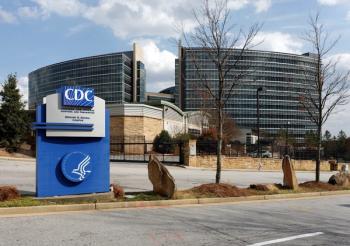
|Slideshows|September 18, 2019
Who has health insurance?
Author(s)Jeffrey Bendix, Senior Editor
A breakdown of the latest data on health insurance coverage
Advertisement
Each year the Census Bureau issues a report on health insurance coverage in the U.S. The report includes data on the number of Americans with and without insurance by age, race, income and employment status, among other categories. Here are five takeaways from the just-released report for 2018.
Newsletter
Stay informed and empowered with Medical Economics enewsletter, delivering expert insights, financial strategies, practice management tips and technology trends — tailored for today’s physicians.
Advertisement
Latest CME
Advertisement
Advertisement
Trending on Medical Economics
1
Physicians taking back medicine: The rising toll of private equity in health care
2
Osteopathic medical schools train physicians — and create a $6B economic effect
3
Are ABMS’ lobbying tactics misleading politicians and the public?
4
$24M Medicare kickback scheme; 19 cookware items flagged for dangerous lead levels; monkey see, monkey free – Morning Medical Update
5















